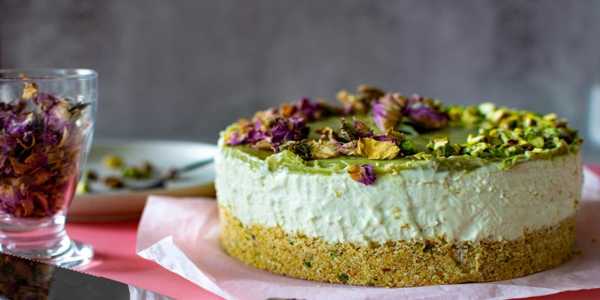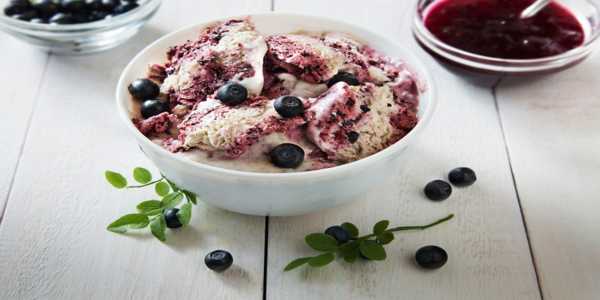Mastering The Art Of Pastry: 5 Essential Techniques
Do you ever look at a golden croissant or tart and think, "There is no way I could mimic that perfect, light, buttery crust."
Here’s a little secret: you can! Learning how to make pastries isn’t something only those with a pristine white chef’s coat can do easily; it’s for anyone who wants to practice enough to get a feel of being a master pastry maker.
So, are you ready to make your kitchen a pâtisserie and amaze everyone, including yourself?
This guide, which includes the basics of pastry techniques, will help you make pastries look amazing even to you. With delicate doughs from puffed biscuits to smooth doughs, let's look at some of the best pastry recipes.
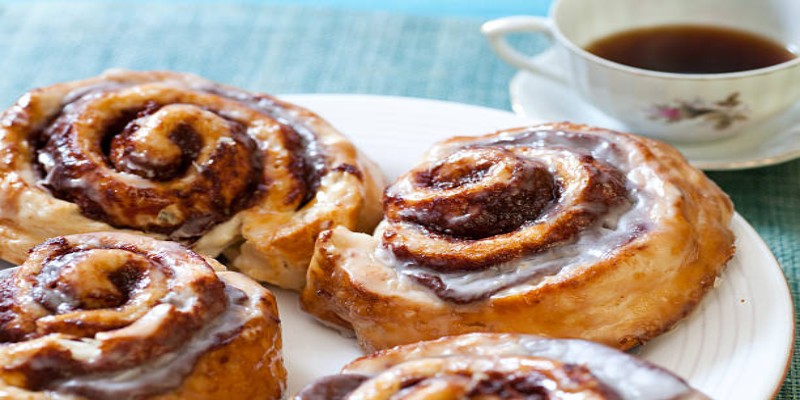
The Art Of Perfect Pastry Dough
Every pastry masterpiece begins with one thing: the dough. Whether you are making a quiche, pie, or tart, the dough must turn out perfect.
Keep It Cold
Ideally, your butter and water should be as cold as possible to melt the butter and create that lovely, flaky texture. Warm butter? Hello to a pathetic, fatty wake!
Don’t Overwork It
Too much mixing develops glutens; the next thing you know, your dough is stiff, not soft and smooth.
Chill Before Rolling.
Patience, pastry friend! Ensure that your dough relaxes in the refrigerator for at least 30 minutes. It is worthwhile for that perfect, even roll-out.
Pro tip: Put a spoonful of vinegar or lemon juice in your dough for increased tenderness. How funny! Yet, this little trick is worth trying when making pastries!
How To Make Puff Pastry From Scratch
Oh, puff pastry — the queen of all the pastries on the planet. The layers, the rise, and . . . oh, the sound of delicious golden crunch! As much as we would prefer to buy store-bought ones, the freshness of the homemade ones is always present.
Layering Is Key
This makes puff pastry making, known today, have many layers. You spread the dough, place it in contact with cold butter, fold it, and do it again. This process is known as lamination, where all the magic happens.
Chill Between Folds
Always keep your dough cold to prevent the butter from becoming soft. If the butter melts, you lose the layers and that precious thing you do not have—patience.
Don’t Rush
Puff pastry requires quite a while to make, but it is worth every effort when you get those fluffy layers interwoven with the butter.
Accompany your homemade puff pastry with hot cheese and herbs or sweet chocolate and fruits.
If you haven't seen frozen pastry in the same new light, trust us; you will now.
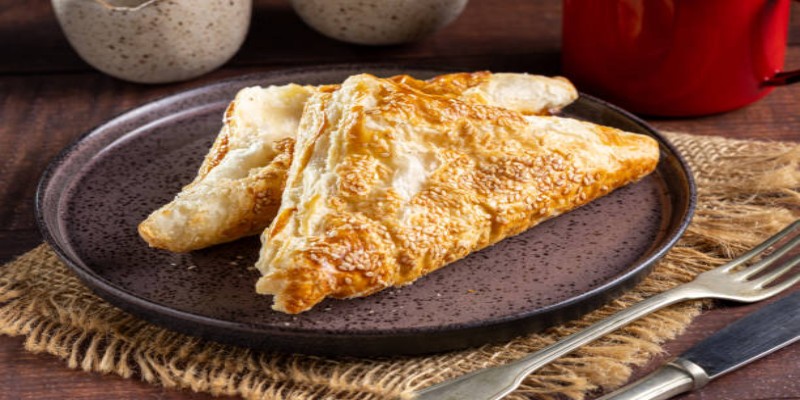
Rolling Dough Like a Pro
Rolling dough might seem simple, but there’s more to it than meets the eye. Flour, But Don’t Overdo It.
Lightly flour your surface and rolling pin to prevent sticking, but too much flour can alter the texture of your pastry.
Rotate As You Roll
Roll out your dough in all directions, turning it slightly after each roll to ensure even thickness.
Don’t Press Too Hard
Let the rolling pin glide over the dough gently. Heavy-handed rolling can crush those all-important layers in laminated doughs like puff pastry.
If rolling dough stresses you out, think of it as a calm, steady, and oh-so-satisfying therapy session.
Blind Baking Like a Pastry Boss
If you’re making a tart or pie that needs a filling added after baking (hello, lemon meringue or chocolate ganache!), you’ll need to master the art of blind baking.
Dock Your Dough
Use a fork to prick the base of your pastry dough. This prevents air bubbles from puffing it up in the oven.
Use Pie Weights
Line your pastry with parchment paper and fill it with pie weights or dried beans to keep the crust from shrinking or warping.
Partial Or Full Bake?
For recipes like quiches, partially bake your crust. For no-bake fillings, bake until golden and crisp.
Blind baking is your golden ticket to a crust that holds its shape and stays delightfully crisp.
Finishing Touches: Glazes And Decorations
What’s a pastry without that final flourish? Glazes, sugar dustings, and intricate designs take your creations from “pretty good” to “Pinterest-worthy.”
Egg Wash For Shine
A simple mix of egg yolk and milk or water brushed over your pastry before baking gives it that bakery-style golden sheen.
Sugar Dustings.
A sprinkle of coarse sugar adds sparkle and crunch to sweet pastries like Danish or galettes.
Get Creative
Use a fork to create crimped edges or cut out decorative shapes with leftover dough. Your pastry is a canvas—have fun with it!
Remember to snap a photo before you dig in. Your pastry deserves to be admired before it's devoured!
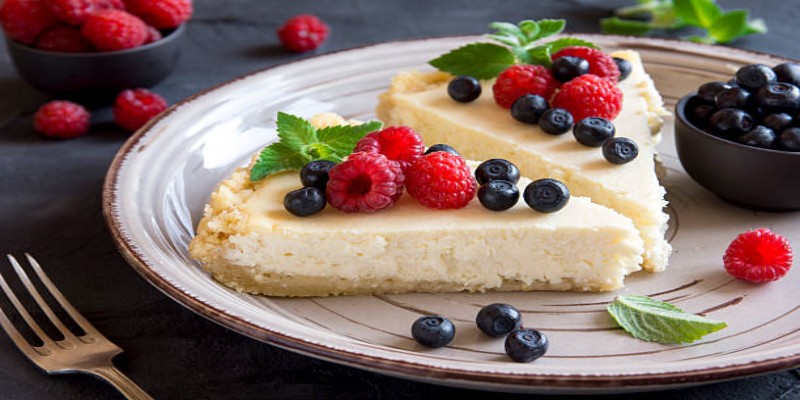
Mastering Essential Pastry Techniques: Why Is Worth It?
Learning proper pastry-making tips is about cooking and designing edibles. It's like taking a handful of flour, a stick of butter, and a spoon of sugar and creating something magical.
Whether making a quiche for breakfast, an eye-popping tart for the sweet course, or just enjoying a buttery puff pastry, these tricks will help you perfect your pastry.
Feeling ticklish about dough handling and baking pastry to a golden brown? Let the adventure begin!



